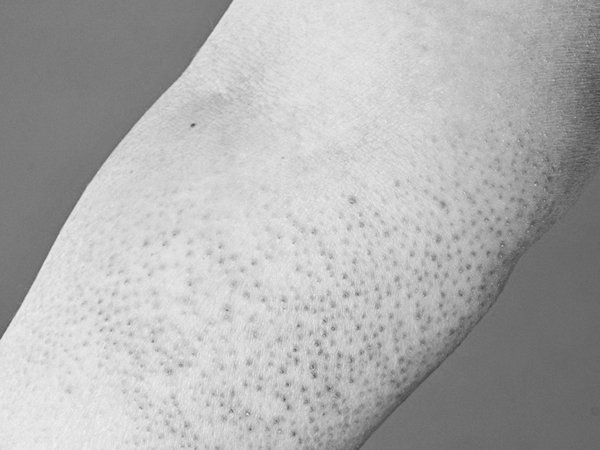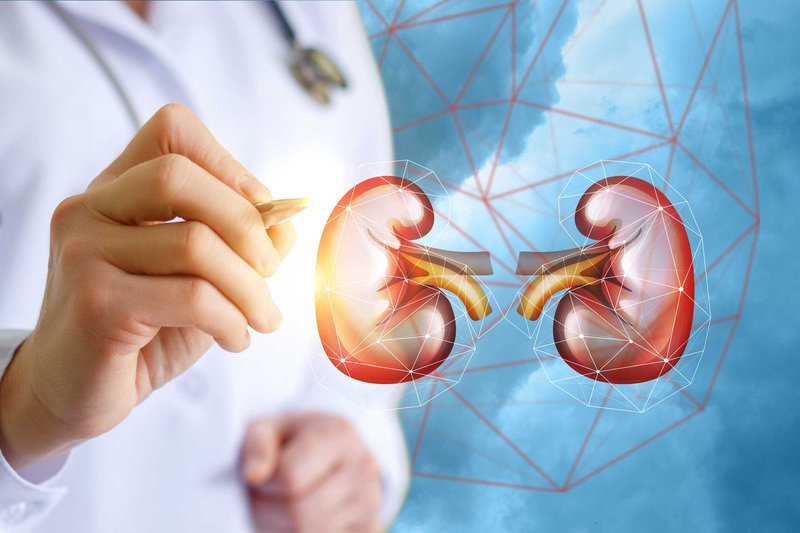What is Rednisone 16?
This is an automatically translated article.
Rednisone 16 is a drug used in non-specific therapy, requiring the anti-inflammatory and immunosuppressing effects of glucocorticoids such as: Arthritis, lupus erythematosus, bronchial asthma, severe allergies, lymphoma, breast cancer and prostate gland, primary nephrotic syndrome...
1. What is Rednisone 16?
Rednisone 16 is a drug belonging to the group of hormones, hormones, is made in the form of tablets, packing specifications: Box of 3 blisters, 10 blisters x 10 tablets and bottles of 50 tablets, 100 tablets.
Ingredients in Rednisone 16 include:
Methylprednisolone 16mg; Excipients: Lactose, silicon dioxide, magnesium stearate, wheat starch, microcrystalline cellulose, sodium crosscarmellose and sodium laurylsulfate. With the active ingredient Methylprenisolone, Rednisone 16 is used in non-specific therapy requiring the anti-inflammatory and immunosuppressive effects of glucocorticoids.
2. Indications for using Rednisone 16
Rednisone 16 is indicated in the following cases:
Abnormal function of the adrenal cortex; Dermatitis and allergic airway inflammation; Arthritis, rheumatism; Lupus erythematosus ; Asthma ; Ulcerative colitis; Hemolytic anemia, agranulocytosis; Severe allergic disease; Treatment of acute leukemia, lymphoma, breast and prostate cancer; Primary nephrotic syndrome.
3. Dosage of Rednisone 16
Dosage of Rednisone 16 in adults:
Start with a dose of 4 - 48mg/day; Treatment of multiple sclerosis: Oral dose of 160mg/day x 1 week; Rheumatoid Arthritis: The starting dose is 4-6mg/day. Acute exacerbation use dose 16-32 mg/day, then gradually reduce; Severe rheumatic disease: Oral 0.8 mg/kg/day divided into small doses, then a single daily dose; Treatment of acute asthma: Use a dose of 32-48mg / day, used for 5 days; Chronic ulcerative colitis: Severe exacerbations should take 8-24 mg/day; Primary nephrotic syndrome: Treatment begins with a dose of 0.8-1.6 mg/kg for 6 weeks; Immune hemolytic anemia: Oral dose of 64mg/day; Sarcoid disease: Oral 0.8 mg/kg/day. Low maintenance dose 8mg/day. Dosage for children:
Treatment of adrenal insufficiency: 0.117 mg/kg in 3 divided doses; Other indications: Use dose 0.417 - 1.67mg/kg divided into 3 or 4 times.
4. Contraindications to using Rednisone
Do not use Rednisone in the following cases:
Hypersensitivity to active ingredient Methylprednisolone; Are taking a live virus vaccine; Severe infections, except tuberculous meningitis and septic shock; Skin lesions caused by fungi, viruses or tuberculosis.
5. Be careful when using Rednisone
Use Rednisone with caution in people with osteoporosis, new vascular connections, peptic ulcers, high blood pressure, heart failure, diabetes, and growing children, the elderly;
Prolonged use of Rednisone 16 in pregnant women may reduce birth weight. Therefore, it is necessary to consider the benefits and harms that may happen to mother and baby.
Not contraindicated Rednisone 16 to lactating women.
6. Drug interactions
Methylprednisolone is an inducer of cytochrome P450 3A enzymes and cytochrome P450 enzymes. Therefore, Rednisone affects the metabolism of the following drugs:
Ciclosporin; Erythromycin ; Phenobarbital ; Carbamazepine; Ketoconazole ; Rifampicin. To avoid unnecessary interactions, please list the drugs, supplements, vitamins and herbs you are using to your doctor.
7. Undesirable effects when using Rednisone 16
Unwanted effects often occur when using the drug in high doses and for a long time. The side effects of Rednisone 16 include:
Common side effects:
Central nervous system: Insomnia, nervous excitability. Digestive system: Increased appetite, difficult to digest; On the skin: Hirsutism; Endocrine and metabolic: Diabetes mellitus; Neuromuscular and skeletal system: Musculoskeletal pain; Eyes: Glaucoma, cataracts; Respiratory system: Nosebleeds. Uncommon side effects:
Central nervous system: Hallucinations, headache, dizziness, convulsions, psychosis, mood swings, delirium, pseudotumor in the brain; Cardiovascular: Hypertension, edema; On the skin: Acne, skin bruising, hyperpigmentation of tissues; Endocrine and metabolic: Cushing's syndrome, glucose intolerance, hypokalemia, pituitary-adrenal axis suppression, physical retardation, alkalosis, amenorrhea, sodium and water retention, hyperglycemia; Gastrointestinal: Stomach ulcers, nausea and vomiting, esophageal ulcers, pancreatitis, abdominal distention; Neuromuscular and skeletal: Osteoporosis and fracture, muscle weakness; Hypersensitivity reactions. The article has provided information about the uses, dosage and precautions when using Rednisone 16. To ensure the safety of your health and maximize the effectiveness of treatment, you need to take the medicine exactly as directed by your doctor.
Please dial HOTLINE for more information or register for an appointment HERE. Download MyVinmec app to make appointments faster and to manage your bookings easily.





